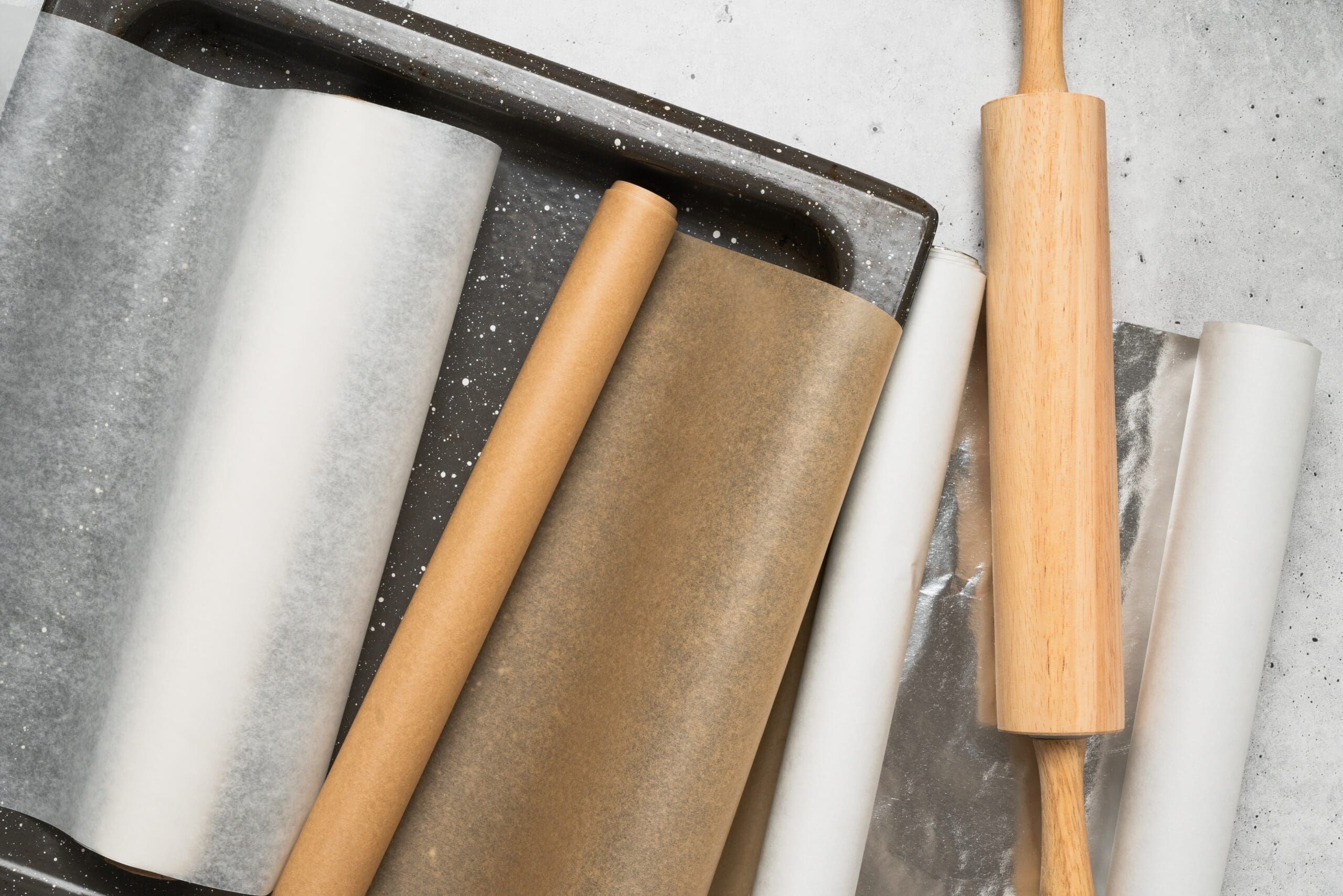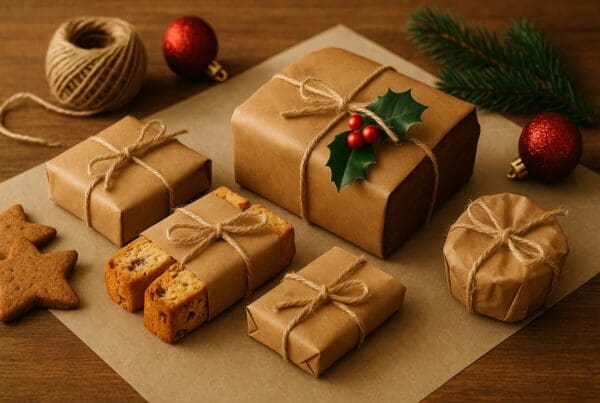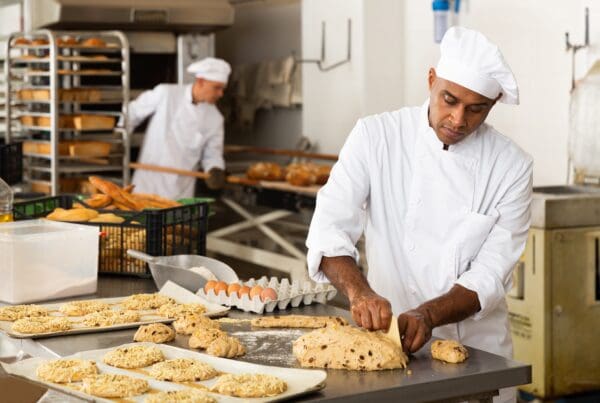Baking and food professionals know that there is an array of options when it comes to baking papers and that the various types available all have differences.
From wax to parchment, to siliconised and more, there certainly is plenty of choice, but one thing we will all agree on is that baking papers are a bakery and food production essential.
Because baking papers are now available in so many different forms, its makes it even more important to consider and also be specific on how you plan on using the paper before you decide which one to use and/or think about this carefully when planning your baking process and if you are sourcing from a supplier, speak with them about your precise needs and they will be able to advise you on the best option for that specific purpose.
While most of us immediately associate baking paper just for use in the oven for baking, reheating and cooking foods, the varying types of baking paper can be utilised in many other ways which can make your time in the bakery easier, creative and enjoyable.
Below are just a few popular uses which should help to give you a general idea of some of the ways baking papers might be incorporated into your baking and food production tasks.
Perfectly sized sheets and liners
One of the most frequent and popular uses for some baking papers is lining your baking sheets, baking tins and cake pans.
Food Paper provides an effective release solution that prevents sticking and reduces time spent scrubbing or cleaning baking equipment. Whether baking baps, pastries, sausage rolls, cookies, cakes, or unique containers, a simple Food Paper layer makes a real difference.
The paper sheets and liners are often used for display and storage of bakery and food items too.
Protection during transportation and storage
Some baking papers are useful for protecting or separating food items. You might use it to wrap food items, pastries, or any other snacks for an easy on-the-go meal.
Making funnels and piping work
If you need to pour ingredients into a small container without creating a mess, try folding a piece of baking paper into a funnel. This makes transferring dry ingredients, like flour or sugar into smaller jars or containers a breeze! or sometimes the paper has been used to make a substitute piping bag.
Cooking food en papillote
This handy French cooking technique involves wrapping food in baking paper to steam it in its own juices. It is perfect for fish, chicken and vegetables, resulting in tender, flavourful meals that are easy to prepare. Simply season your ingredients with herbs or spices, wrap them tightly, and bake!
Acting as a non-stick surface for rolling dough
When it comes to rolling out dough, using flour can often lead to unnecessary mess. Instead, place your dough between two sheets of baking paper for a non-stick surface that makes rolling much easier. Plus, clean-up is as simple as tossing the paper!
The excellent non-stick properties also result on a cleaner finish on you bakes and food product, reducing misshapes and waste.
Easy clean-up (especially with sticky foods)
When cooking sticky foods or cheese, place a sheet of baking paper on your baking dish. This simple step makes clean-up much easier since nothing will stick to the dish! (and reduces unnecessary wear and tear).
Fast foods
Certain types of paper can make a great liner for pizza and side order boxes at food outlets. Prevent grease from soaking into the board.
Summary
Baking papers can be used to streamline many tasks in the kitchen, making cooking and clean-up easier. The key thing to remember though is that they are all designed for purpose and therefore you should always consider the detail. Ask you supplier for guidance.
Whether you are a seasoned baker, patisserie chef, confectioner, or an eager beginner, these ideas can help maximise this versatile tool. When you next reach for a roll of baking paper, recall these creative tips and enjoy a smoother, more efficient baking experience.




